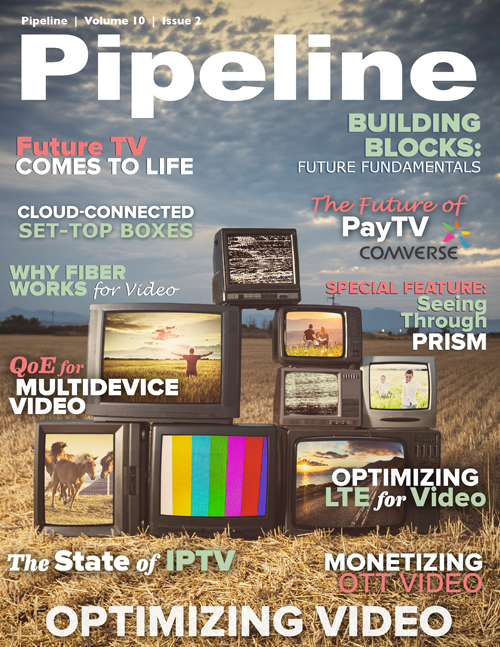Managing the Quality of Multidevice Video
The broadcast model only required operators to monitor streams from the headend, but now they have to make certain that customers can access content whenever and wherever they want it. In addition, customers’ expectations regarding speed of delivery are becoming more demanding: if a customer has to wait more than a second for a video to load, he or she may cancel the request or even go so far as to change service providers. As interactive TV pushes linear TV further and further toward the sidelines, transactions become an essential part of monetization. Ensuring that customers can interact with service platforms to perform transactions anytime, anywhere and on any device can only be done by continually running automated tests to monitor the actual QoE on user devices.
The need to build one-to-one relationships with customers
Generating transactions calls for more than just quality and performance. It requires gaining insight into who customers are in order to offer them the content that is most likely to pique their interest, which in turn opens up numerous revenue opportunities, as advertising can now become totally personalized.
Legacy operators have observed the success of pure internet players like Amazon and Google in building one-to-one relationships with customers. Despite, or because of, their status as relative newcomers to the video delivery market, these companies have focused on who their customers are and how to best engage with them rather than just going through the motions of selling a product.
Above all, the pure internet players have concentrated on the user experience. Some have been working to perfect the customer-personalization business model on their websites and in their services for over a decade now, a period during which customer expectations have risen sharply, and a similar scenario is now being played out in the video delivery market. The winners are those who offer the “right” content on the “right” device at the “right” place, topped off with a superior user experience. On the global stage, real power belongs to the companies that invest in transaction platforms and user applications.
Legacy operators, on the other hand, have generally continued to invest in network infrastructure, but they desperately need to accelerate their transition from a network-centric approach to a user-centric one by focusing their efforts on getting to know each of their users better, which will consequently build brand loyalty and generate a greater amount of repeat transactions than before. To achieve this goal, however, legacy operators need to be able to collect metadata on customer usage and habits within relevant categories such as device type, access network, geography, and more. By leveraging this type of knowledge and expertise, they can build software that has the ability to balance infrastructure issues in order to optimize QoE for their customers.
More competition ... and more opportunities
The growth of multidevice delivery creates opportunities for sales of more services, but the market is fractured these days, with competitors from all sides—mobile operators, cable and satellite operators, internet service providers, Google and other pure internet players, and even content owners themselves—reaching out to the same set of customers. For service providers that want to grab a piece of this growing market amid tough competition, their multiscreen services must appeal to customers with real value and a heterogenous level of quality that’s maintained across all kinds of networks and devices. Therefore it is essential that providers migrate from a classical monitoring solution to a next-generation solution that’s capable of monitoring transactions and controlling the user experience.
A new paradigm
As customers around the world adopt multiscreen services with the same enthusiasm they’ve shown in regard to mobile tablets, quality is no longer just related to the network infrastructure. Video providers need to quickly get up to speed and gain visibility on an ecosystem that includes terminals, applications, service platforms, and customer relationship management (CRM), plus delivery partners that range from service providers to content owners and content delivery networks.
The delivery chain has become so complex that it’s now impossible to second-guess quality of experience using nothing more than measurements of quality of service. Video providers have to be able to constantly measure quality and evaluate alternative options by collecting and correlating massive amounts of data from which meaningful information can be extracted. The competition is fierce, and leaves no option when it comes to customer retention and the need to proactively drive revenue. The video services that a customer selects must always be available and delivered with the best quality, regardless of the device he or she happens to be operating.



















